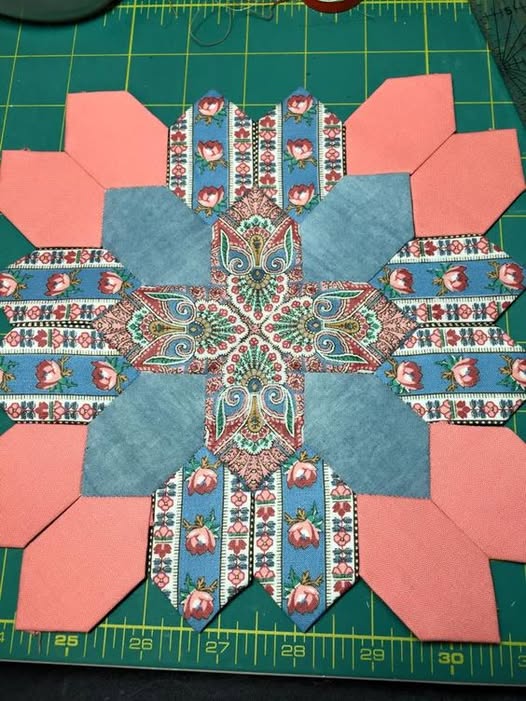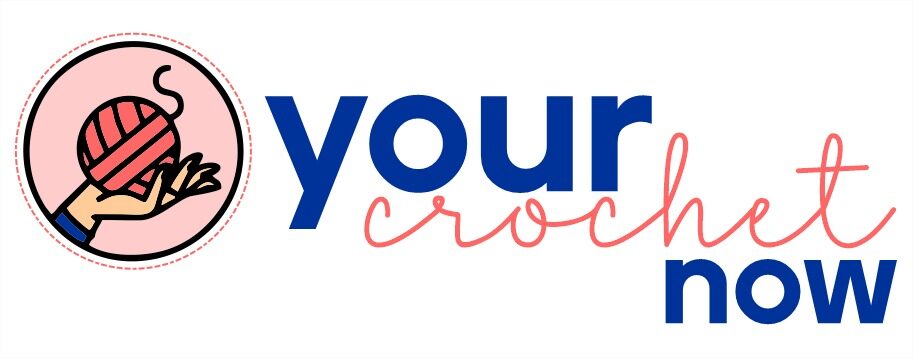The Patchwork of the Crosses is one of the most charming and versatile quilt patterns loved by both beginners and experienced quilters. With its geometric symmetry and endless design options, this quilt pattern has captured the attention of those who enjoy slow, mindful sewing. Whether you are just starting your quilting journey or looking for a new project to inspire creativity, the Patchwork of the Crosses is an ideal choice.
This pattern is traditionally made using English Paper Piecing (EPP), which involves basting fabric around paper templates and then stitching the shapes together by hand. The process may sound time-consuming, but it is one of the most relaxing and rewarding quilting techniques. Many quilters even find that it becomes their favorite method for creating detailed and intricate quilt patterns.
In this tutorial, you’ll learn step by step how to create your own Patchwork of the Crosses quilt. From gathering the right materials to stitching your first cross block and finally assembling a quilt, this guide will provide everything you need to succeed. By the end, you’ll have not only a beautiful handmade quilt but also a deeper appreciation for this timeless quilting tradition.
Materials You’ll Need
Before starting your quilt, it’s essential to gather the right materials. The foundation of the Patchwork of the Crosses quilt lies in precision, so having proper tools will make the entire process easier and more enjoyable. At the core, you will need fabric in a variety of colors, paper templates in the shape of elongated hexagons, thread, and a sharp pair of scissors.
Choose cotton fabrics with contrasting colors and prints to highlight the crosses within each block. Small prints or solids tend to work best, as they allow the quilt pattern to shine without overwhelming the design. You may also want to prepare a neutral background fabric that frames the colorful crosses and helps them stand out.
Additionally, basic sewing supplies such as needles, pins, glue pens, and a rotary cutter are useful. If you prefer, you can purchase pre-cut paper templates online to save time, or you can cut your own from sturdy cardstock. Having all your supplies ready before beginning ensures that you can dive into the creative process without unnecessary interruptions.
Cutting and Preparing Fabrics
The Patchwork of the Crosses quilt pattern requires elongated hexagon shapes, so the first step is to cut your fabrics slightly larger than the paper templates. This allows enough fabric for basting around each shape. Using a rotary cutter and ruler will give you clean, accurate pieces, which is crucial for a neat final quilt.
Once the fabric pieces are cut, place each one face down on the table and position a paper template on top. Fold the fabric edges over the template and either glue-baste or thread-baste the fabric in place. This step may seem repetitive, but it creates the precise shapes needed for seamless assembly later.
After preparing a set of elongated hexagons, organize them by color and pattern. Arranging the pieces in advance will help you visualize your design before sewing. This planning stage is a great opportunity to experiment with different fabric combinations, allowing you to create unique crosses that reflect your personal style.
Assembling Your First Cross Block
Each block in the Patchwork of the Crosses consists of a central cross surrounded by coordinating shapes. Begin by choosing four hexagons in a matching or contrasting fabric to form the cross. Place them around a central hexagon, ensuring the edges align perfectly. This creates the recognizable cross motif that gives the quilt its name.
Using a fine needle and strong thread, whipstitch the edges of the hexagons together. Work slowly and carefully, taking small stitches close to the edge to avoid showing threads on the front. Hand-sewing with the English Paper Piecing method requires patience, but the result is a crisp, detailed quilt pattern.
After completing the central cross, surround it with additional hexagons to form the full block. Continue whipstitching each piece until the block is finished. Holding your first completed cross block in hand is an exciting moment—it’s the foundation of your quilt and a preview of the beauty still to come.

Expanding the Quilt Pattern
Once you’ve mastered assembling a single block, it’s time to expand your quilt. Repeat the process of cutting, basting, and stitching hexagons into cross blocks. Each block should harmonize with the others while maintaining its individuality. Some quilters prefer a unified color scheme, while others embrace a scrappy look with a rainbow of fabrics.
Lay out your finished blocks on a flat surface or design wall. This allows you to experiment with placement and see how the quilt pattern develops. Adjusting colors and arrangements before stitching the blocks together ensures balance and visual interest in the final quilt.
As you join the blocks, take care to align edges accurately. The precision of the Patchwork of the Crosses quilt relies on neat connections between shapes. The more carefully you stitch, the more seamless and striking the finished quilt will appear.
Adding Borders and Finishing Touches
When your desired quilt size is reached, consider adding borders to frame your Patchwork of the Crosses. Borders can be simple solid fabrics that highlight the central design, or they can include pieced elements for added flair. A border not only enhances the quilt’s visual appeal but also provides stability to the edges.
Next, prepare a quilt sandwich by layering your completed quilt top with batting and backing fabric. Secure the layers using safety pins or basting spray. This step ensures the quilt remains smooth and aligned during the quilting process.
Finally, quilt through all layers using either hand quilting or machine quilting techniques. A simple straight-line or echo quilting pattern works beautifully, as it enhances rather than competes with the intricate Patchwork of the Crosses design. Bind the edges with coordinating fabric to complete your quilt.
Personalization Ideas
The beauty of the Patchwork of the Crosses quilt lies in its flexibility. You can create a traditional look by using reproduction fabrics, or give it a modern twist with bold solids and vibrant prints. Personalization allows your quilt to reflect your unique style and creativity.
One idea is to experiment with fussy cutting, where you center specific motifs from the fabric within each hexagon. This technique creates striking visual effects, adding layers of detail and surprise to the quilt pattern. For example, floral prints, geometric designs, or novelty fabrics can bring unexpected character to each cross.
You might also consider varying the scale of your quilt. Small blocks can be used for pillows, table runners, or wall hangings, while larger projects result in full-sized bed quilts. Each option provides a rewarding way to showcase your work and adapt the pattern to your needs.
Conclusion: Share Your Patchwork of the Crosses
Creating a Patchwork of the Crosses quilt is more than just completing a project—it’s a journey of creativity, patience, and joy. The process invites you to slow down, enjoy each stitch, and watch as individual pieces transform into a cohesive and beautiful quilt pattern. Whether your quilt is large or small, traditional or modern, it will always carry the charm of hand craftsmanship.
As you finish your quilt, take a moment to celebrate your accomplishment. Quilting is not only about the final product but also about the memories and learning experiences gained along the way. Your Patchwork of the Crosses quilt represents both your creativity and dedication.
We’d love to see your interpretation of this timeless quilt pattern! Share your finished quilt with friends, in quilting groups, or on social media to inspire others. The quilting community thrives on sharing ideas, and your project could spark someone else’s journey into the world of Patchwork of the Crosses.

